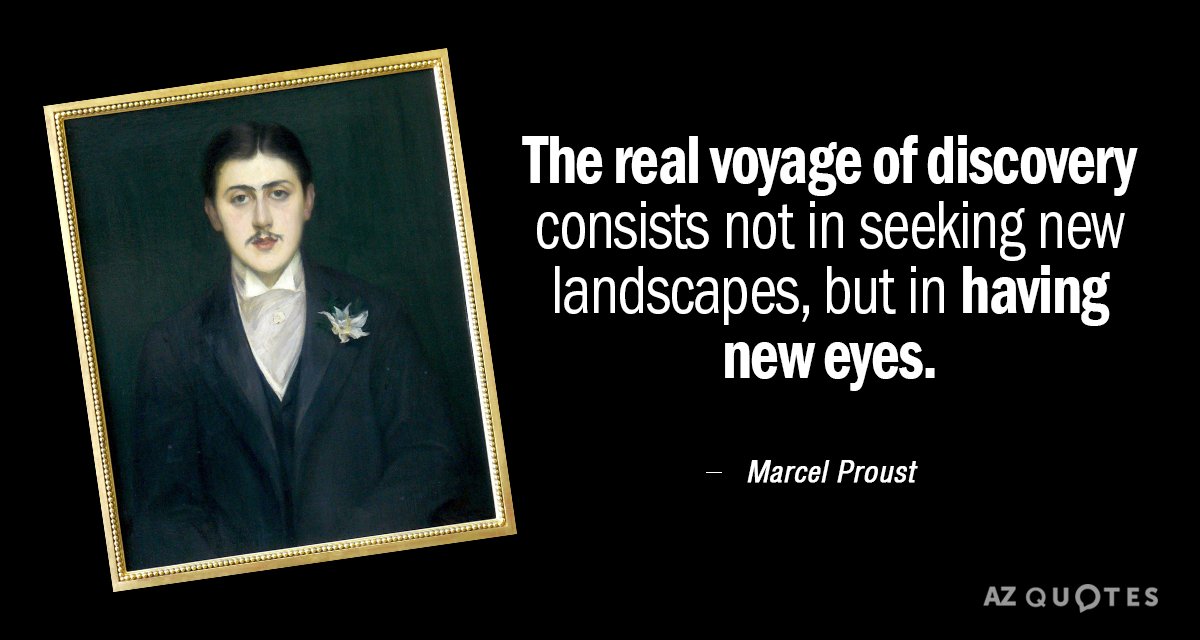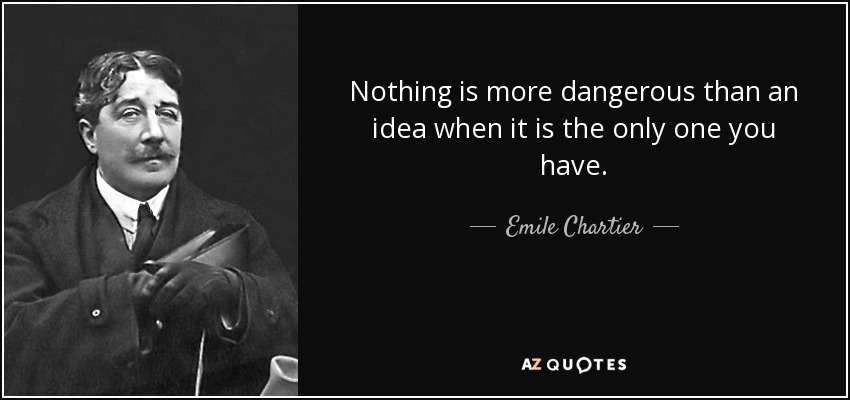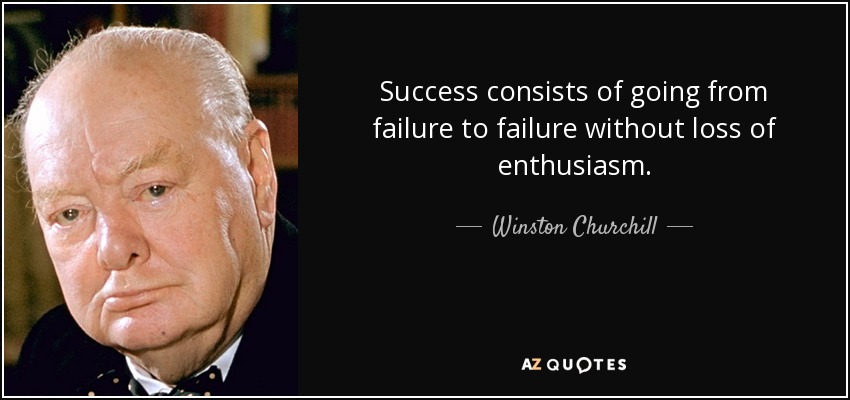Click here to return to Blog Post Intro
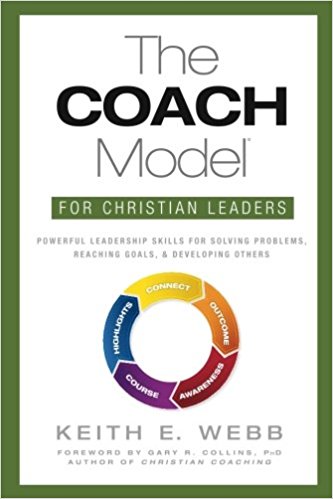
Keith Webb’s book provides powerful leadership skills to solve problems, reach goals, and develop others. Throughout the book, he shows that “coaching is not about providing answers but about asking thoughtful questions.”
Coaching Mindsets
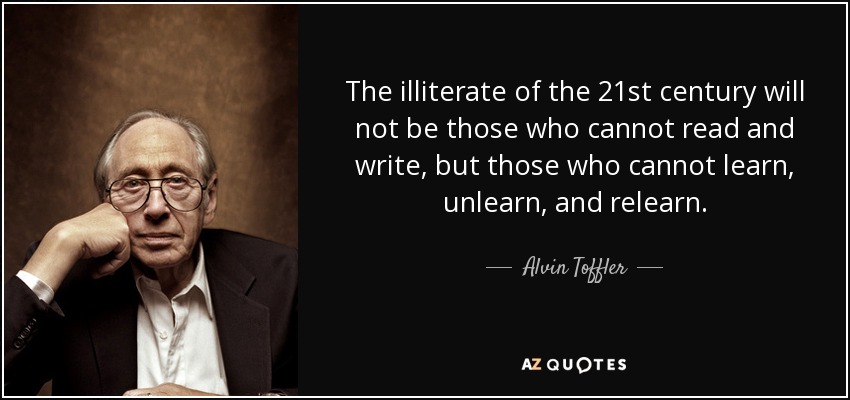
Know-it-all-ism affects the ability of the mind to take in information and process it without prejudice. The illness causes those afflicted to be blinded to opinions, answers, and solutions other than their own. Symptoms of aggressive know-it-all-ism include:
• Quick to speak
• Listens until the other person takes a breath
• Has an answer for everything
• Wins arguments, but loses respect
There is a more subtle form. Symptoms of passive know-it-all-ism include:
• An appearance of listening
• Maintains a smug facial expression
• Asks questions that subtly point out why the speaker is wrong
• Internally mocks or criticizes the speaker
Coaching involves listening to others, asking questions to deepen thinking, allowing others to find their own solutions, and doing it all in a way that makes people feel empowered and responsible enough to take action.
Winston Churchill once said, “To improve is to change; to be perfect is to change often.”
Consider the example provided by the Holy Spirit. In the Gospel of John in which Jesus says this to his disciples, “But the Counselor, the Holy Spirit, whom the Father will send in my name, will teach you all things and will remind you of everything I have said to you” (14:26).
Learning Without Being Taught
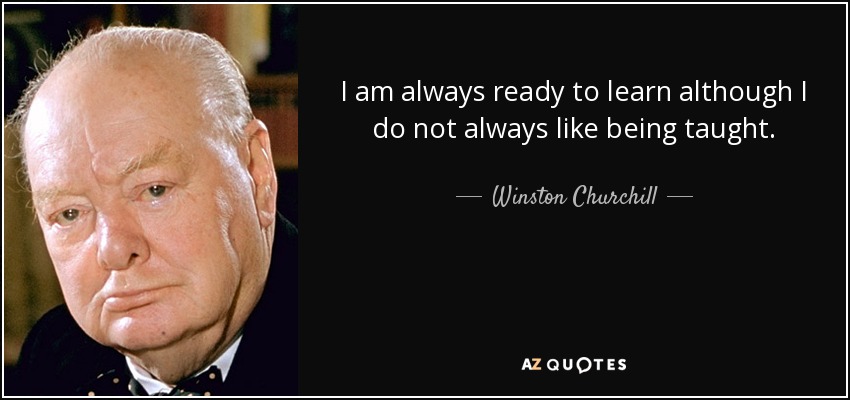
Coaching is like a quest. It is a journey to discover the unknown, and it’s the unknown that makes it an adventure. In coaching, you embark on a quest by using questions in conversations. It is as if the asker is on a journey to the unknown.
Answers should come from the recipient of the question, not the asker.
Consider this definition. Coaching is an ongoing intentional conversation that empowers a person or group to fully live out God’s calling.
• Ongoing: Coaching is most successful over a period of time, through regular interactions.
• Intentional Conversation: Every conversation is expected to produce Spirit-led discoveries, insights, and action steps.
• Empowers: Coachee feels more equipped to think through and handle situations on her own.
• A Person or Group: Coaching focuses on an individual’s reflection, growth, and forward action. Groups can also be coached.
• Fully live out: Coaching helps people to thrive, excel and live to out their full potential, rather than just making do.
• God’s Calling: Coaches help people to become what God would have them become (Ephesians 1:4, 5), and to do what God would have them do (Ephesians 2:10). Throughout the coaching process, the coach seeks to help the coachee clarify what God is saying to him or her, and assist them in discerning what it means to live that out.
A basic and Biblical assumption is that God is already at work in the life of the person we are coaching. Coaching can play an important role in helping people think through how they process their spiritual discernment and how they might involve the appropriate members of the Body of Christ in that process.
The coach does not provide content (the information, ideas, or recommendations). In coaching, the coach focuses almost entirely on the process, drawing out nearly all the content from within the coachee.
The power of coaching is in the process. A coach empowers others by helping them to self-discover, gain clarity and awareness, as well as by drawing content from them. A good coach helps draw out what the Holy Spirit has put in.
Coaching applies the Action-Reflection Cycle. At a human-level, the world operates through a complex chain of cause and effect. If we can, however, understand the effects of our actions (or inaction), we can use that greater clarity and understanding to further adjust our thinking and behavior and produce further improvements. If we fail to learn from our experiences, we can end up repeating avoidable and costly mistakes.
Acting, then reflecting on the effect, then adjusting the action is called single-loop learning.
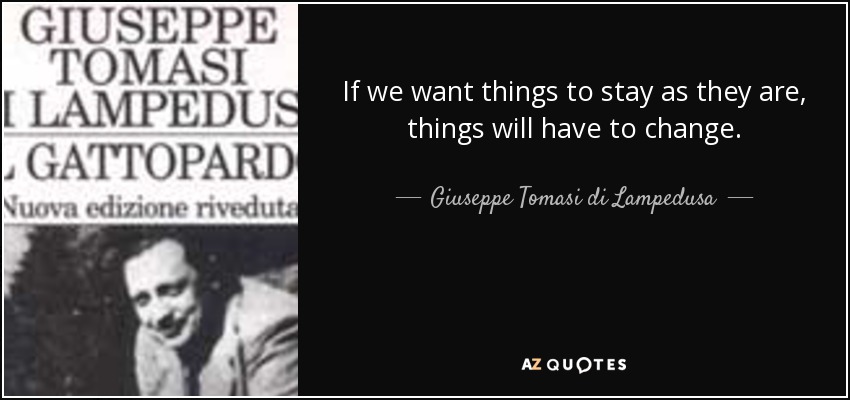
Coaching around the coachee’s assumptions, goals, and meaning can provide a new perspective and lead to a breakthrough. This is called double-loop learning. The coachee acts and observes the results. Then rather than simply adjusting the original action to improve it, he steps back and reflects on the broader assumptions that led him to that action in the first place. Changes at the assumption level can produce significant differences and will automatically produce ideas for new actions, producing different and hopefully better results.
The COACH Model is pure Process. The Content, the destination and discoveries along the way are determined completely by the person being coached. The five steps of the model spell out the word “coach.”
• C is for connect: First, connecting with the person you are talking with to build rapport and trust; and second, following-up on action steps from your previous coaching conversation.
• O is for outcome: Outcome is the intended result the coachee would like to achieve during the conversation.
• A is for awareness: Awareness is a reflective dialogue intended to produce discoveries, insights, and increased perspective for the coachee.
• C is for course: Course puts feet to insights and discoveries by helping the coachee create action steps.
• H is for highlights: Highlights focus on reviewing the parts of the conversation that the coachee found most meaningful.
Connect
“The way to gain a good reputation is to endeavor to be what you desire to appear.” —Socrates
Trust in the other person governs conversations. The coaching approach builds trust by:
• Supporting rather than controlling
• Encouraging ideas rather than sharing them
• Yielding responsibility rather than taking it
• Processing decisions rather than making them
• Believing in the person rather than trying to fix them
• Keeping appointments and honoring confidentiality
In the connect stage, the coach asks, “How Are You?” The purpose of engaging is to establish rapport, catch up a bit, and leave space for the person being coached to share whatever is on his or her mind.
The Connect stage of the COACH Model has two parts. First, engaging with the person you are talking with to build rapport; and secondly, following-up on action steps from the previous coaching conversation.
Outcome
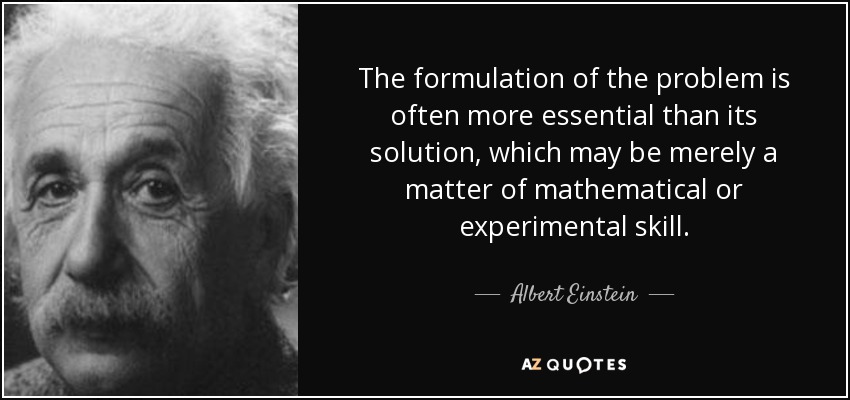
Rather than a meandering walk without a destination, a coaching conversation usually begins by clarifying where the coachee wants to end up. “Begin with the end in mind,” as Steven Covey wrote. A clear destination, or Outcome, is one of the distinguishing features of coaching and one that makes the conversation intentional.
A clear outcome helps guide the conversation and keep it focused on what the coachee wants to achieve or explore. The results of the conversation can be measured against the intended outcome.
By clarifying the outcome of coaching conversations, a coach helps instill a sense of hope and confidence in the coachee.
Who Decides the Outcome? A coachee-driven agenda for the coaching conversation is an important feature in the philosophy of coaching. Adult learning theory tells us that people are more engaged in learning if they have a choice in the topic and can apply it right away.
It’s critical to find out what the coachee considers to be the most valuable topic for that particular coaching conversation. The coach doesn’t decide this.
The coach generally asks, “What result would you like to take away from our conversation?” What do you see emphasized in this question? That’s right—a result. The coach puts the coachee in the driver’s seat in determining the conversation’s outcome.
The words “result,” “work on,” and “meaningful,” suggest that there will be progress, which contrasts with the lack of hope that the coachee may have been feeling prior to the conversation.
Use questions to explore, clarify, and focus the coachee’s topic, problem, or goal.
The coach uses Exploring Questions like, “Let’s back up a minute, what are some of the issues behind this situation? What’s the big picture here, what do you want to achieve? What would achieving this do for you?”
People tend to reveal what they want, not what motivates them to want it, which is often what they really desire in the first place.
The coach always confirms the Outcome with questions like, “Just so we’re clear, would you please restate what you’d like to achieve today? So, is that what you’d like to focus our conversation on today? Just to check my understanding, today you’d like to leave with X, Y, and Z. Is that correct?”
Awareness
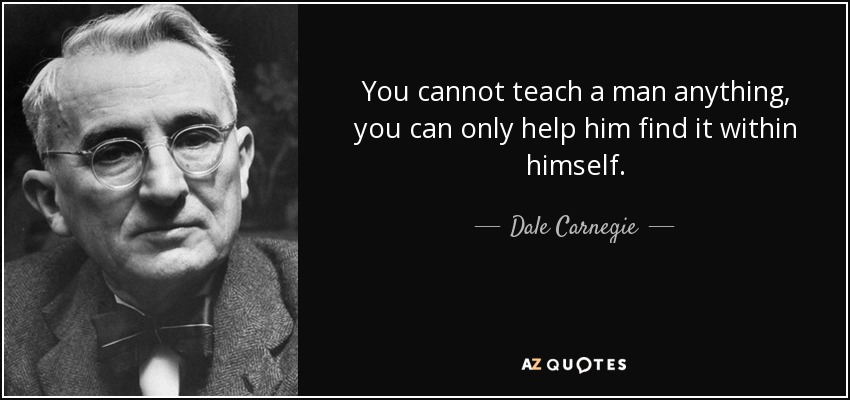
Discoveries—insights both large and small—are a fundamental part of the coaching experience, and are the ultimate goal of the Awareness step.
Coaches facilitate these discoveries and help coachees take action based on their insights.
Information ≠ Answers: It is commonly believed that the key to finding answers and getting unstuck is through more information or knowledge. Breakthrough, however, rarely comes through new knowledge, because looking at additional information from the same perspective just keeps us on the same road.
Coaching takes a different approach. The focus is not on new information or knowledge, but rather on a new perspective.
Creating something new requires engaged and reflective thinking. This is where powerful questions come in. Asking the right questions promotes reflection more effectively than merely providing knowledge.
Lyle Schaller is a name you may not be familiar with, yet he did for church and denominational consulting what Peter Drucker did for corporations. He wrote, “The most effective way to influence both individual and institutional behavior is to ask questions.”
“Change is the name of the game,” he wrote, “and questions are the heart of that game!”
According to adult educator Jane Vella, “Open questions are the single sure practice that invites critical thinking and effective learning.”
Powerful questions come from profound listening and engagement with a person. What makes a question powerful is its ability to provoke reflection in the other person. To ask powerful questions, it’s helpful to keep three principles in mind.
1. Coachee or Me? Is this question for my benefit or the coachee’s?
2. Forward or Backward? Is this question focused on the past or moving forward?
3. Building or Correcting? Does this question try to correct the coachee or help them build?
There’s a saying, “Ideas are like small children. Other people’s are nice, but we always like our own the best.”
Peter Block once said, “Transformation comes more from pursuing profound questions than seeking practical answers.”
You can generate feedback from within the coachee using a simple three-step process.
1. What did you do well? Ask about what the coachee did well. Explore these behaviors and the results. Reinforce these positive behaviors.
2. What could you improve? Ask the coachee in what way they think they could improve. Talk about what that improvement might be and what results they would expect to see.
3. How would you do it differently next time? Generate some possible future alternatives. Coach through how the coachee will do it next time.
Asking open questions, rather than my-idea questions gives the coachee freedom to explore without the limitations of the coach’s ideas. With new roads, discoveries and increased perspective come new options for action.
Course
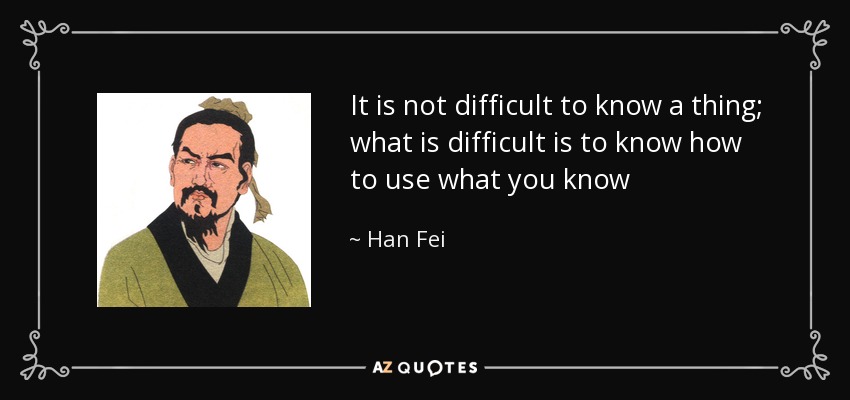
Coaches help people to generate multiple options and understand more clearly the possible outcome and consequences of each option available to them. This process helps move the coachee to action. Good coaching balances ambition (or lack of it) and practical planning, resulting in greater forward movement.
If you boil a pot of seawater until the water completely evaporates, you will be left with salt. If we boil the practice of coaching down to its core elements, we find reflection and application.
Faith and action—insights and action steps—are not mutually exclusive. The relationship is symbiotic. Insights produce actions. Actions complete insights. Faith not acted upon is only potential faith, which, according to James, is dead.
In their business best-seller Execution, Larry Bossidy and Ram Charan wrote, “We don’t think ourselves into a new way of acting, we act ourselves into a new way of thinking.”
These three elements help the coachee be more successful:
1. Simple enough to complete, yet significant enough to build momentum
2. Moves the coachee toward their goal
3. Doable before the next coaching conversation.
An action step should be described as a single, identifiable action that is small and simple enough to complete, yet significant enough to build momentum.
There is usually more than one right answer to life’s challenges. The coach’s role is to increase the coachee’s perspective so that they recognize more of the variables, notice more roads to travel on, and see more options.
John Kotter in his book, Leading Change, writes that small wins are critical for successful completion of a larger goal. Kotter writes that small wins:
• Provide evidence that sacrifices are worth it;
• Reward the coachee with a pat on the back;
• Help fine-tune vision and strategy;
• Keep others on board; and
• Build momentum.
A common mistake in forming action steps is to make them too large or complex. Every action step can be divided. Ask clarifying questions and explore how the coachee will accomplish the action step.
As Yoda put it, “Do or do not. There is no try.”
Linking an intangible action step to tangible behaviors makes the action step more specific and measurable—it can be observed—and thus is more achievable. Ask for the attitudes and behaviors behind the changes. Ask how these changes could be observed if achieved.
Various techniques for coaching action steps can be combined into a three-step dialogue.
1. Ask for Action Steps: What action will you take to move forward? What else would you like to do? Prompt from different angles. For example, Who could help you? Earlier you mentioned X, is this something you’d like to do? What could you do from a spiritual perspective?
2. SMARTen Up the Action Steps Coach towards SMART action steps. This includes dividing any too-large action steps into several smaller steps to tap into the power of small wins.
3. Confirm the Action Steps
Action steps should be simple, they should move the coachee toward their goal, and be doable before the next coaching conversation.
Highlights
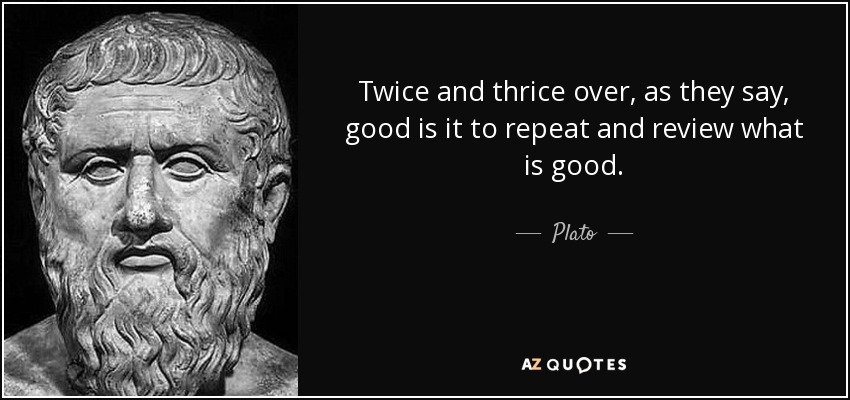
Take a few moments at the end of your conversation to give the coachee an opportunity to summarize what he or she has learned and state it succinctly. This will cement the learning in the coachee’s mind and give the coach valuable feedback at the same time.
Finish Strong. Provide a clear closure to the coaching conversation. To summarize requires a fairly high degree of clarity. As Albert Einstein said, “If you can’t explain it simply, you don’t understand it well enough.”
The coachee needs to summarize the highlights of the conversation, not the coach. Coaching is about drawing out, not putting in. It is the coach’s job to draw out what the coachee learned and found valuable, not what we think was valuable.
The coach should ask, “What do you want to remember from today’s conversation? What awareness do you have now that you didn’t before? What was most useful to you from our conversation? What are your take-aways from this conversation? What was meaningful to you from our conversation?”
Set the time and date for the next coaching appointment before you finish each conversation.
Follow-Up
“Experience is not always the kindest of teachers, but it is surely the best.” —Spanish Proverb
While coaching, we want to keep the focus on the coachee—his agenda, his efforts, his accomplishments—and not on how we evaluate his progress.
All forward movement needs to be reinforced so that the coachee feels encouraged to continue with these positive actions.
The coach should ask, “What progress did you make on your action steps?” This question, like an onion, has many layers to it. On the surface, it’s quite positive. Progress is assumed, and that projects a positive belief in the coachee’s ability to act. It says, “I believe in you.”
“Progress” sets the conversation off in a positive direction. It focuses on what went well, what worked, and on the coachee’s forward movement.
A simple model for following-up on action steps is: What? So What? Now What?
• This model allows you to naturally explore to find out what the coachee did, didn’t do, and the result (What?).
• From there, the model encourages deeper reflection for the purpose of discovering the lessons to be learned from those actions and results (So What?).
• And finishes by extending that learning into other areas of the coachee’s life (Now What?).
We all need a little failure every now and then because failure leads to living out our potential. Failure can also lead to learning. The greatest learning (or at least most memorable learning) often comes from failure.
Progress in coaching is measured by what the coachee accomplishes and by what the coachee learns. After following-up on action steps, pause and summarize, and then ask an Outcome question like, “You’ve made great progress on your actions steps! As we move forward, what result would you like to take away from our conversation?”
If done well, Follow-Up is one of the most productive parts of the coaching conversation. Many people learn by doing. Asking them to reflect on what they did and what they learned from it can produce more insights and discoveries than they experience in the Awareness stage of the conversation.
Coaching Others
“One of the most important action steps a coach can take is to simply keep people in action, even if they are not successful at first.” — Robert Hargrove
Professional level coaching training will provide tremendous benefit, but coaching is not about the certificates—it’s about being helpful to others. Just coach (verb) people! In normal conversations, listen well. Be curious, even if you think you already “know.”
To truly grow an organization, we must reach organizational objectives and develop the capacity of the people in our organization. Supervisors who micro-manage employees may achieve the first goal, but not the second.
The same goes for parents. We want to see our children get good grades, while developing their character, discipline, and study habits. It’s not one or the other. It’s both.
Coaching works well, some claim even better, by phone rather than in person. According to one study, 47% of professional coaches worldwide coach primarily over the telephone or Internet voice-to-voice services such as Skype.
Next Steps
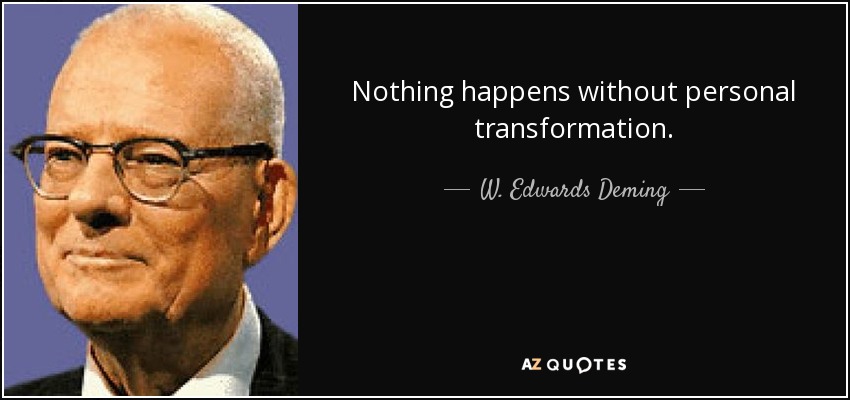
How do you want to be as you coach? Here are some helpful mindsets to pay attention to and consider:
• Look for the Holy Spirit to teach and remind.
• Move from problem-solver to solution-discover.
• Value the coachee’s ideas and solutions over your own.
Don’t expect that you’ll be a master coach right from the start. It takes time and a lot of hard work. You will be helpful to people, however, perhaps more helpful than you are now, and that will produce a fruitful impact in the lives of those with whom you interact.





